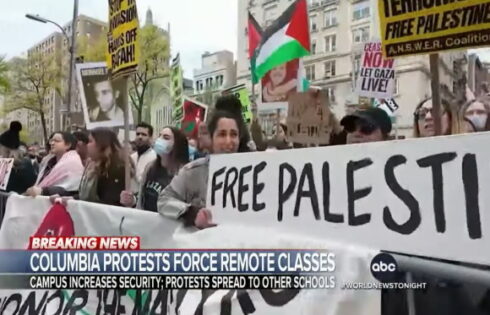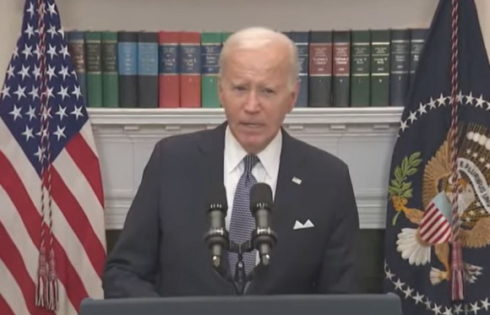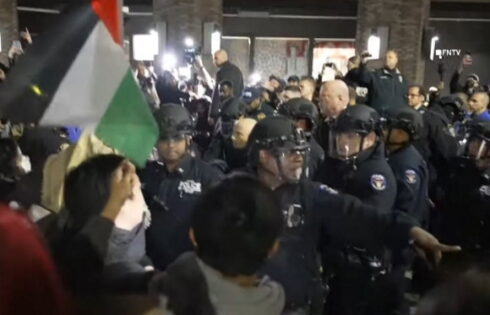Instapundit’s Glenn Reynolds has an op-ed in the Wall Street Journal arguing that it’s perfectly acceptable for professors to teach classes on Occupy Wall Street–as long as they remain honest about the historical troubles associated with left-wing social movements. To that end, he proposes several lessons that intellectually truthful Occupy professors ought to cover. Here are some of them:
2) Bourgeois vs. Non-Bourgeois Revolutions: A Comparison and Contrast. The Occupy movement left its major sites—McPherson Square in D.C., Zuccotti Park in Manhattan, Dewey Square in Boston—filthy and disheveled. By contrast, the tea party protests famously left the Washington Mall and other locations cleaner than they found them, with members proudly performing cleanup duties. …
3) Class struggles and the New Class. Professor Kenneth Anderson of American University has suggested that the Occupy movement is best understood as a struggle between the upper and lower tiers of the elite. In recent years, the upper tier, composed of bankers, financiers, etc., has become decoupled from the lower-tier sub-elite of “Virtue Industry” workers in fields like education, nonprofit activism, social work and the like—with the latter feeling betrayed and abandoned.
Mr. Anderson writes: “It was, after all, the upper tier New Class, the private-public finance consortium, that created the student loan business and inflated the bubble in which these lower tier would-be professionals borrowed the money. It’s a securitization machine, not so very different from the subprime mortgage machine. The asset bubble pops, but the upper tier New Class, having insulated itself and, as with subprime, having taken its cut upfront and passed the risk along, is still doing pretty well. It’s not populism versus the bankers so much as internecine warfare between two tiers of elites. The downward mobility is real, however.”
This unit would begin with Milovan Djilas’s analysis of the managerial “New Class” that ran the late-stage Soviet Union, and would then consider that analysis’s application to American society today. Similar thoughts by Friedrich Hayek and Christopher Lasch would provide insight on the nature of the intra-class, intra-elite struggle that marks the Occupy movement. …
6) Class Differences Within Economic Protest Movements. While the Occupy movement’s proletariat were sleeping under canvas, many of its leaders were staying in five-star hotels. Six-figure sums of money were collected, but their disbursement was cloudy. Does every movement, however egalitarian in doctrine, inevitably produce its own overclass? Are “egalitarian” movements more prone to such outcomes? Readings: George Orwell’s “Animal Farm,” Li Zhi-Sui’s “The Private Life of Chairman Mao.”
It is likely, of course, that the Occupy courses offered will partake of none of the above, and will instead be tedious, dated mashups of Fanon, Marcuse and Frances Fox Piven. But if students are offered no better than that, it will be the fault of their instructors, not of the subject matter.
Like The College Fix on Facebook / Follow us on Twitter




Please join the conversation about our stories on Facebook, Twitter, Instagram, Reddit, MeWe, Rumble, Gab, Minds and Gettr.